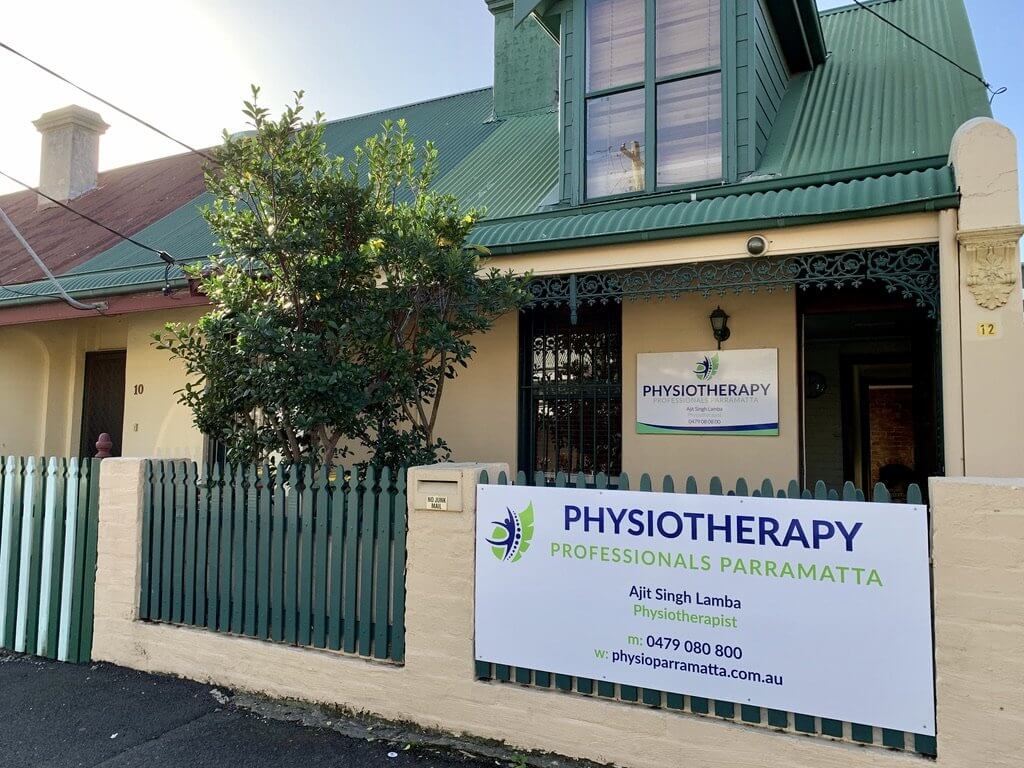Broken Bones from a Car Accident

Trauma is one of the most common causes of broken bones also known as fractures. During a traumatic event like a car accident, your body is placed under extreme stress or hits a part of the car with force which you cannot control. This leads to soft tissue damage, more deeper soft tissue damage and eventually a fractured bone. If you suffer a fracture from a car accident, you need to take immediate action to ensure correct bone alignment and fast healing.
Broken Bones from a Car Accident
Car accidents result in a high number of fractures because your body absorbs a large amount of impact during a collision. You could suffer a break from:
- Being thrown forward or backward in the car
- Being thrown out of the car
- Compressed during the collision
- Being hit with external objects
- Hitting hard objects (like the dashboard, steering wheel, or the windshield) with a lot of force
- Bending or twisting your limbs in an abnormal way during the collision
- Getting caught in an awkward position due to impact of the accident
Common Fractures Seen After A Car Accident
Any bone in your body can break from a car accident. Common car crash fractures include:
- Lower legs and femur
- Arms and Wrists
- Clavicle
- Hips
- Ribs
- Facial or Skull fractures
- Spine and neck fractures are also common from head-on and rear-end collisions
Car Accident Fracture Signs and Symptoms:
Depending on the type of fracture, the pain car vary. Small fractures, also known as hairline fractures will cause less and consistent pain which can worsen with use or weight bearing. A larger fracture will cause more severe pain and difficulty or inability to weight bear. A more severe fracture may also result in deformity of the limbs. Common signs and symptoms of a fracture can include:
- Pain that worsens with movement or touch
- Inability to bear weight on the injured area
- Redness, swelling and tenderness
- Bruising or discolouration
- Visible bone exposure
- Visible deformity
What to do next:
Directly following a car accident, the body is pumping with a hormone called adrenaline which may prevent you from immediately feeling pain or injuries — even significant injuries like broken bones.
- Seek immediate care
- Call an ambulance and get to the hospital
- After a major motor vehicle accident, the hospital will conduct scans to confirm if you have any fractures
- Fractures need to be treated as soon as possible to allow for proper alignment and quick healing
- If the bones are not aligned properly, healing will be delayed
Management of fractures:
First, your doctor needs to take an X-ray to reveal the location of the fracture and the type of break. Fractures can range in severity from hairline fractures where the bone cracks without breaking completely to complete fractures where the bone breaks into several pieces. Additionally, in more serious cases the broken bone may puncture the skin or move out of alignment in the body.
The broken bone must be reset so that it heals in the correct position inside your body. Incorrectly set bones can cause deformities and loss of function in the area. Depending on the severity and location of the fracture, your doctor may manually reset your bone or reset it through surgery. If you need surgery, the surgeon will use pins, metal rods or screws to hold the broken bone or bone pieces in the correct position while they heal. Most likely, you’ll also need a cast or sling to stabilise the fracture during recovery.
Fracture Healing time:
Bones heal themselves naturally, but the process will take several weeks. This also depends on which bone and the location of the fracture. During recovery time, the broken bone needs to remain immobile and stabilised in the correct position to ensure it heals completely. As a patient this means you’ll have to limit movement of the injured area and modify your normal routines to accommodate a loss of mobility. You may have to take some time off work, especially if your job is physically demanding. You may also need help driving, running errands, performing personal care or doing chores around the house.
The average healing time is 6-8 weeks. After broken bones heal, you’ll have weakness and muscle loss in the affected area. Physiotherapy is essential to regain strength, flexibility, range of motion and endurance after your fracture has healed.
Waiting for fractures to heal can be extremely frustrating or anxiety-inducing, especially if you’re worried about missing work, paying for medical expenses or just getting back to being active again. But rushing the healing process will only harm you in the long-term. Find a good support system and take care of your body during recovery. Rest as much as needed, hydrate and eat well to promote optimal healing conditions in the body.
Contact Us:
Do you need assistance with your injury? Experienced Physiotherapists with essential knowledge. You can call us anytime to have a confidential discussion with our expert Physiotherapists. For more information on how we can further assist you, please call our clinic number on 0479 080 800 or send us an email on [email protected] for further details. Our Physiotherapists are Medicare, NDIS, DVA and Work Cover approved, specialising in injury management and rehabilitation to get you back on track.

